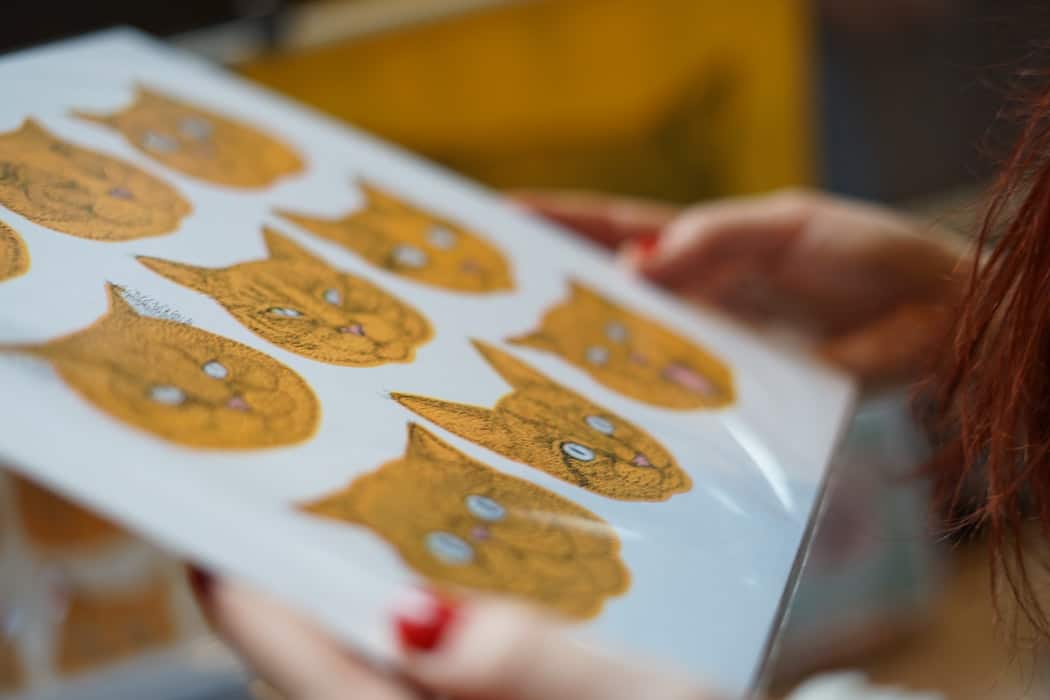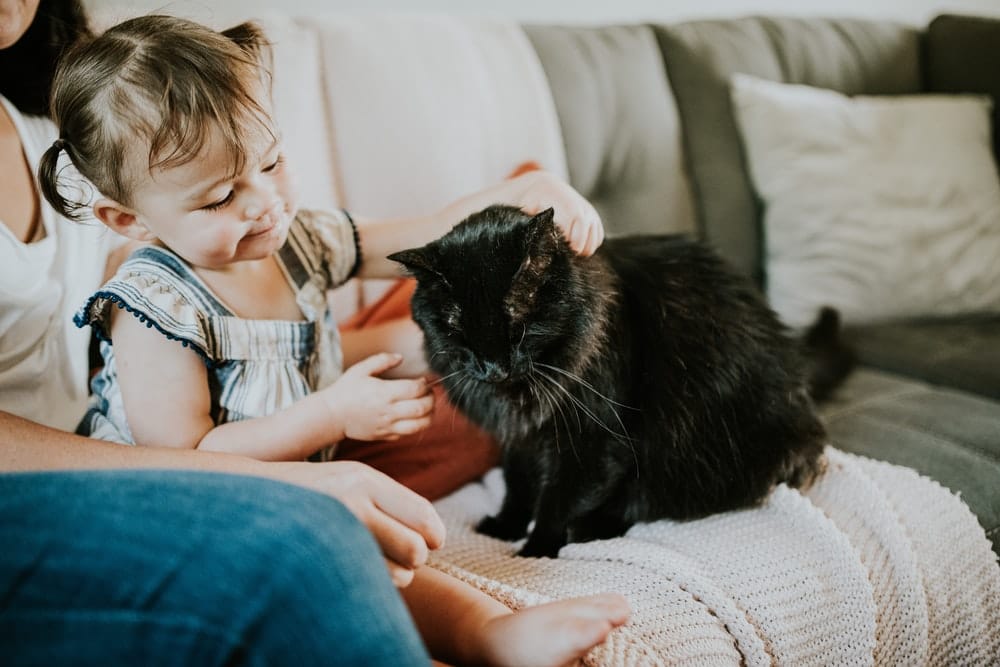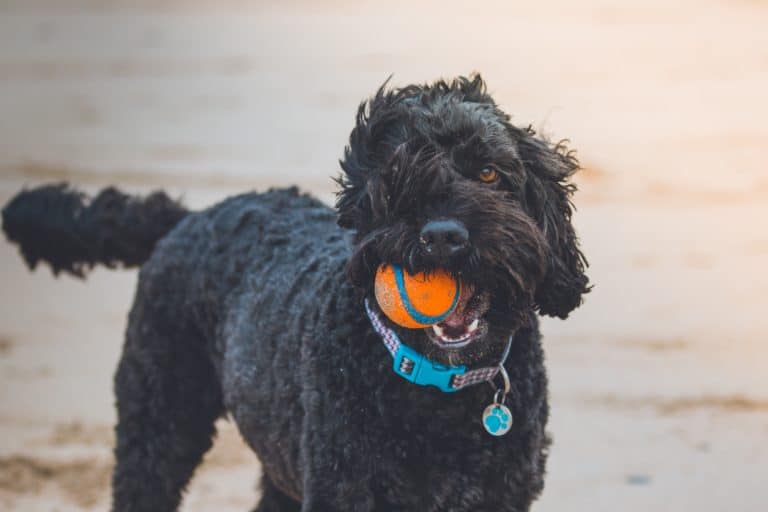In 2020, the global pet care industry produced $232 billion in profits, which is expected to rise by 6.1% by 2027. That is because of technological advancements making grooming, tracking, and caring for pets much more accessible than before.
Simply put, pet product manufacturers and industries are thriving.
If you’re thinking about manufacturing pet products, there are two ways to go about it. You can start from scratch and research all the phases yourself or hire a company to assist you.
It’s faster and more reliable to hire a company that will help you collaborate with experts and pick the best option for your business at every level. But if you want to go it alone, keep reading for a step-by-step plan on how to manufacture pet products.
Starting a pet product company on your own can be daunting. You have to develop an excellent prototype, find the perfect factory while maximizing your profit margins.
Fine-tune Your Product Idea
Designing a great pet product needs ample research and fieldwork.
1. Understand The Current Industry Landscape
From major competitors like Petmate, Nestle Purina, Mars Petcare, and Mammoth Pet Products to local competitors, finding success as a pet product manufacturing company can be tricky.
The way to beat the competition is to know your market.
You should start by researching popular eCommerce websites like Petsmart, Petco, and PetCare Rx. Pay attention to the design, is it user-friendly, what is the overall customer experience like?
Trade magazines are also an excellent source for research. Some great examples are Animal Wellness Magazine, The Pets Magazine, and Petfood Industry Magazine.
The next step is to visit stores and assess the advertisements and promotional campaigns. Look for items in various price ranges and categories. You can use online directories to find pet product companies near you.
Another excellent resource to gauge the popularity of your idea is Google Trends. Browse for buzzwords like “pet toys” or “pet products” to start. More specific product searches are also helpful to see trendy keywords. You can screen by time and location to focus on patterns that have occurred in the last few hours, days, months, years, and so on.
You’ll know you’ve struck gold when your idea fulfills a specific consumer need that most pet owners feel is lacking. A tip here is to search forums like Reddit to understand what people like and dislike about the current state of products on the market.
2. Think About Your Profit Margins
First, your product should be safe, high-quality, and satisfy unacknowledged customer requirements.
After that, you need to consider the industry as a whole. Cost, competitiveness, and the ability to grow your company are all significant determinants.
Certain industry specifications, such as current market trends, user-friendliness, and a fair net profit, are all going to impact your costs.
To learn further about developing a commercially viable concept, go to Understand Your Market, a US Small Business Administration educational resource.
Finally, ensure that you can expand your product range to allow for growth. Developing the same products for different animals and changing themes is a great way to start thinking about growth potential. That makes significant retailers more interested in your idea and helps you generate more interest and potential earnings.
3. Figure Out The Cost-Effectiveness
The best way to evaluate cost-effectiveness is to build a prototype.
It’s essential to get an accurate picture of cost and logistics before continuing with commercial production. Calculate an estimate based on various accounting techniques using the cost of the prototype. The cost of producing a prototype will change based on the complexity of your concept.
Prototyping firms are the way to go if your product requires geometric designs or metallic raw materials. You can create organic pet food prototypes at home, but you’ll still need the go-ahead from relevant safety authorities and a pet product manufacturer.
Once your prototype is complete, contact prospective manufacturers to obtain an estimated cost, which will differ based on your production scale.
4. Follow Safety Rules and Regulations
The FDA does not need pre-market approval for pet food products, but they emphasize the safety and nutritional value of ingredients used in pet food.
FEDIAF, the European Pet Food Industry Federation, has detailed guidelines and regulatory mechanisms on pet food:
- To confirm the fundamental nutritional values necessary for cat and dog food. levels required in cat and dog food and the
- Enforce that the pet food industry follows strict quality control.
- To develop a standard nutritional guideline for pet foods for healthy animals.
- To help connect pet food manufacturers, pet care professionals, and relevant authorities by conducting research and regularly updating safety guidelines.
Other pet products are much more regulated in the European Union than in other places, where general consumer laws are sufficient.
Global Food Safety Resource outlines general rules that you need to consider when starting your pet product company.

5. Protect Your Intellectual Property
Hire patent lawyers to conduct patent searches, which include scanning multiple databases for pre-existing patents.
We don’t recommend obtaining a patent on your own because the process is complex and requires expert knowledge. It is advisable to hire a professional.
That is an essential part of your investigation as large stores may have patented designs that aren’t yet available to consumers.

Know Your Market
Establish your customers’ gender and age group and any popular hobbies or interests in that group.
Defining a core demographic will help you concentrate your branding and advertising efforts to achieve a style that resonates with them. Pet product companies have vamped up packaging efforts in recent years, so new businesses need to be on top of their game.
For example, owners opting for organic alternatives to pet food may love bespoke pet products such as pet beds, pet accessories, and fancy pet collars. Older pet owners may be more focused on dry food lines and sturdy collars, as they are time-saving and more efficient.
Smaller businesses might make a niche for themselves in pet fashion, a category that is underrepresented in large retail outlets. According to Petpedia, 60% of millennials purchase vests, sweaters, and other clothing for their pets. Out-of-the-box thinking and long-lasting fabrics may just be a recipe for success.
That also helps in estimating a reasonable manufacturing cost and a decent price range.
Start Designing
You can begin designing after you have a strong understanding of your product, the market, and a key demographic.
The suggestions in the list below will help you manufacture pet products that everyone will want to buy.
1. Brainstorm
A detailed brainstorming session will help you flesh out your idea even further. Consult the following checklist to guide your session:
- Your brand’s core mission and messaging should communicate the product’s intended purpose and its core.
- What is your unique selling point (USP), and how do you make it a reality?
- What is a reasonable price for your product?
- The primary audience as well as the marketing tactics.
- The locations of retail outlets (physical retailers, online stores, and shopping malls).
We recommend using your competitive market evaluation as a benchmark and using the brainstorming session as a guideline for the rest of the project.
2. Sketch
You can either hire a professional artist or create preliminary product sketches yourself.
While sketching, think about size, color, and potential variations for future products (such as flavors or expanding to younger animals).
3. 3D Model
You can start creating a 3D model once you have the preliminary sketch. Artists use CAD (Computer-Aided Design) software to create a digital 3D version of the drawing. This process usually takes from one to seven days.
You can make your 3D model using computer programs such as Zbrush, but we strongly suggest hiring a specialist.

Prototyping
Think of prototyping as a way to test out your product with minimal commitment.
Creating a prototype depends heavily on the materials used. For example, you can sew clothes and soft toys at home with just some fabric and a sewing machine. The stuffing material is readily available in craft stores.
However, food bowls or metallic products need to be professionally made.
For food bowls and other metallic products:
- Professionals create silicone molds for metal casting, a technique that works for a variety of materials.
- CNC machines are better suited to geometrically complex models.
- Die-casting is ideal for aluminum and iron, and it generates a working model by using metal mold cavities and high-pressure conditions.
- Injection molding can produce smooth surfaces from various metals, but it is expensive if you only want a couple of samples.
If you want to make a toy for pets, visit (How To Manufacture a Toy) for more details.
Find A Manufacturer
You’ll need to find a factory that can accommodate your mass production needs.
Collaborating with a well-known retail outlet will help speed up your search because they’re already working with reliable wholesalers and manufacturers.
Retailers and manufacturers are two options to consider. Retailers allow you to focus on the creative aspects by taking over the manufacturing process, while manufacturers will enable you to directly control the production line itself.
They’ll take over the process once you sell your idea to them. A downside is the lack of creative freedom that comes with this option.
Local manufacturers are more expensive, but they give you complete control over the manufacturing process. That means you can change things up if something’s not right.
Outsourcing the pet product manufacturing process is a much cheaper alternative. Trade shows are a great place to start looking for a factory.
For food products, remember to work with organizations that specialize in organic cat and dog food, according to Packaged Facts.
Call your local economic development chapter to connect with a global specialist who has pre-screened manufacturing companies in other countries and will represent you.
These databases are a great place to start your search:

Supply Chain
At this point, you have a thorough understanding of how to manufacture pet products.
Keep the following steps in mind.
1. Plan
This step includes everything you need to know before production begins. You’ll need:
- A detailed idea
- A prototype
- A contract with a manufacturing facility
2. Raw Materials
The production process begins with the raw material acquisition. Based on the type of product you want to make, this step will differ significantly.
Specialists in supply chain management, like the ones we have at Gembah, will help you adapt your requirements to market availability.
It is critical to establish great relationships with suppliers to source your materials.
To begin the manufacturing process, employ competitive bidding and investment-to-profit ratio analysis to gather the required tools, services, and raw materials.
3. Manufacturing Line
The use of raw materials, machinery, analytics, and other industry knowledge is crucial. We suggest going for expert opinions of a vast network of professionals, such as those at gembah, to help the process.
Some of the most important steps are as follows:
- Demand Forecasting
- Predicting and Streamlining Bottleneck Processes
- Throughput Accounting Analysis
- Performance and Productivity Monitoring
4. Delivery
It is critical to understand the mode of delivery. There are many great options available based on your preferences. Various models, such as cross-docking, can improve overall performance based on available space and delivery methods.
The crucial stakeholders in the delivery process are as follows:
- Wholesalers play a significant role because inventory flow is reliant on them. If you work alone, building sustainable relationships and figuring out delivery timings and methods can be difficult.
- Retailers play just as crucial a role because they are interacting directly with your customers.
To determine a good profit margin, product placement, and promotional shelves, you must evaluate the incentive schemes offered to retailers.
5. Consumer Base
The consumer is the system’s final component. A thorough examination is necessary to assess the market value, facilitate sales returns, product placement, and satisfy the customers. This task needs an exhaustive study of consumer behavior and comprehensive data collection and analysis.
You should have a policy in place to handle defective products and customer returns. The refund policy boosts customer satisfaction and the parent company’s credibility.
Because these factors are critical to customer retention, we recommend that you optimize them to ensure the success of your pet product company.
The Role of Data and Technology in Pet Product Manufacturing
The integration of technology and data analytics has revolutionized the pet industry, enabling businesses to streamline operations and enhance product quality. By leveraging advanced tools, companies can optimize every stage of the manufacturing process, ensuring better outcomes for their pet product lines, from dog beds and cat beds to training aids and grooming tools.
Modern platforms analyze market trends and consumer preferences, giving manufacturers insights into which pet supplies—like dog crates, dog collars, or cat toys—are gaining traction. For example, tracking data on the popularity of dog toys or dog clothes can guide decisions on expanding a product line. These insights also help forecast demand, reducing overproduction or shortages and maintaining cost efficiency.
Technology also plays a critical role in improving product quality. Advanced monitoring systems and automated quality checks ensure that products, such as dog leashes and crate pads, meet rigorous safety and durability standards. For food-based items like dog treats and pet supplements, technology ensures compliance with health guidelines, bolstering consumer trust.
Businesses can also use digital tools to collaborate with a contract manufacturer, simplifying communication and tracking progress in real-time. This is particularly beneficial in managing global supply chains for diverse products like pet beds and grooming tools, ensuring timely delivery to retailers or customers.
As the pet care sector continues to grow, embracing these technological advancements is not just an advantage but a necessity for staying competitive in the pet product industry. Companies like Gembah offer these solutions, empowering entrepreneurs to transform innovative ideas into market-ready products.

Get Started
For first-time entrepreneurs, the pet product manufacturing process can be challenging.
That is where we at Gembah come in:
- Streamline the manufacturing line by helping you decide the best plan of action for every technical process
- Guide you in every step of the process from conception to completion.
- Have a team of diverse specialists to create the best possible product.
- Find the best manufacturing facility for you.
- Supervise and keep you updated on the production process.
- Avoid beginner errors like lack of foresight.
- Help you build a product that is worthy of investment.
- Preventing wastage of money and significantly boost profitability.
- Make that your product is better than the competition.
- Promptly deliver quality products to maximize customer retention.
If you’re excited to start your own pet product company, you’ve come to the right place! Contact us right now to get started.



